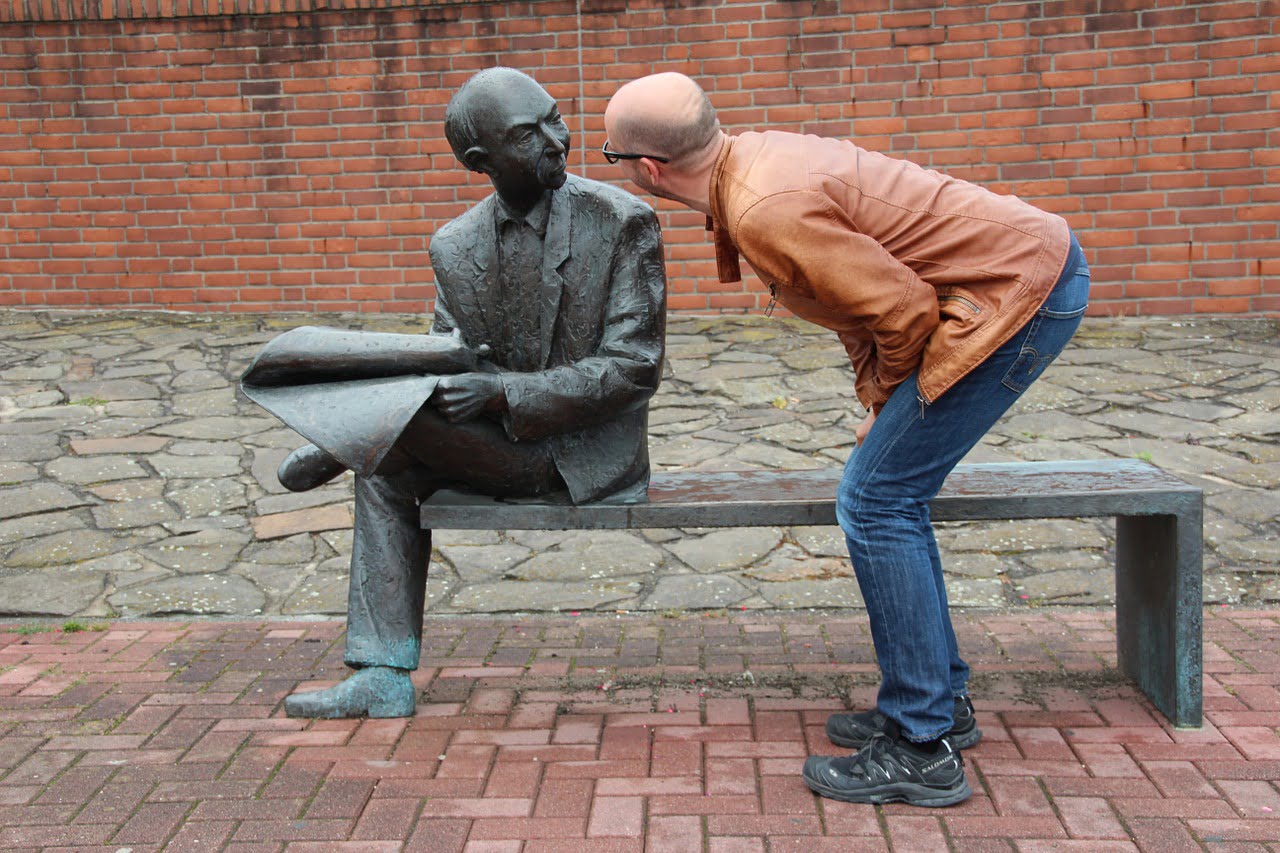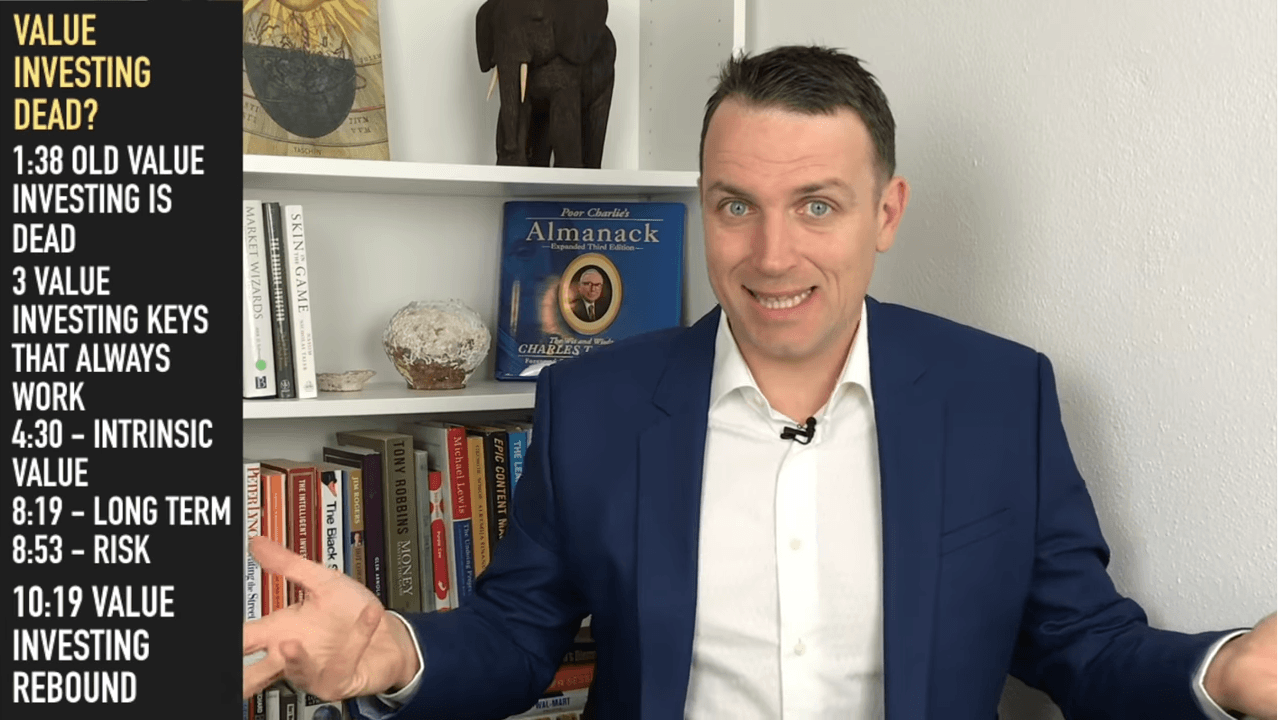Why Value Investing is Dead By Alex Gavrish, Etalon Capital Ltd; author of “Story Investing”
In light of current market crisis, many ask themselves what is happening to value investing? A decade-long underperformance of value versus general market and growth, recent YTD returns, as well as large losses suffered by Warren Buffett, makes one question: is value investing still a viable investment strategy or is it just plain dead and useless?
Q1 2020 hedge fund letters, conferences and more
Is Value Investing Dead?
To answer this question, I propose to turn to a completely unrelated field: modern art.
Despite different objectives, there is an important conceptual connection between the two. Investors often reduce complex processes and problems of markets and economy to smaller, simpler components. They do it because it makes it much easier to do the research. For example, to compare valuation of companies.
Modern artists implement same principles but approach the problem from an opposite direction. They make us start with “simple” and “reduced” elements of visual representation and make us “move” towards more complex ideas. Picasso destroyed the form. Mark Rothko reduced everything to color. Jackson Pollock integrated chance and accident into painting. Because of these “techniques” and the biological mechanisms underlying our visual perception, abstract modern art enacts a powerful influence on us: we become more creative and our imagination starts to function better.
Quantitative investment managers, algorithmic trading and factor-based strategies all aim to achieve the same. They reduce complex processes of economy and the stock market, to a simple formula or model.
Superstar Investor Portfolios
Researchers from the investment management firm AQR performed a quantitative analysis of famous investors: Warren Buffett, George Soros, Peter Lynch. They argue that all of these “superstar” investor portfolios have exposure to a range of factors. The implicit idea here is that if we will reverse engineer their approach and find these factor exposures we can, without much effort, replicate it and achieve similar results.
The truth is that both “superstar” investors, as well as artists, do not really start from a reduced model. The artists force us to perceive art with the help of a reduced model, and their genius lies partially in the ability to create and develop one, but technique and model itself are the means, not an end. Artists themselves do not start from it. And they do not end with it. Otherwise, their paintings would not be worth tens of millions of dollars.
They start from a different place: from a complex and unique vision of the world. From the depth and strength of feelings they want to share with us. From philosophical, religious, or cultural concepts they want us to understand. They just feel it is extremely hard, if not impossible, to relay their vision without a reduced and simplified form. But it remains our task to take it as a starting point and move to deeper insights.
David Bohm, an American scientist who has been described as one of the most significant theoretical physicists of the 20th century, once explained this idea well:
“A good picture is not only an integral whole, but even more, it achieves this wholeness by expressing something having universal significance. In other words, while it is something specific, particular, limited in its existence, etc., its relationships to its parts are rich enough and of the right character to suggest the universe and its relationships to its parts. Thus, it is “universal” in the sense that somehow its structure reflects that of the universe. In other words, it makes a kind of “world in itself”.
Higher Values Will Save The World
Once I watched an interview with Ilya Kabakov, a famous conceptual artist. He was asked if art will save the world. His answer was that it is not art, but the culture that will save the world. By culture, he meant a broader set of higher values. If art is part of such culture then, of course, it will fulfill its mission and role in saving the world.
This attitude is like the main idea of a short book by Leo Tolstoy “What Is Art”. Tolstoy starts the book by changing the question. To know what good and bad art is, we should ask not so much “What is art?” but more “What the art is for?”
Similarly, it is so with great investors. To learn something from them, we should focus not so much on factors underlying their investments but more on what stands behind these factors. What values they transmit? What broader life or investment philosophy investors adhere to when investing? And what risk management objectives they aim to achieve? What complex reality do they try to react to by making certain investment decisions?
So, at the end of the day, do investors remember that reductionist model is only a tool? Any reductionist model contains certain aspects of truth. But it does not capture complex reality entirely. Markets and economy are dynamic, social processes and objective reality constantly changes and evolves. So, when one adopts a religiously “fixed” attitude to following these models, achievement of satisfactory results becomes impossible.
Analysing Numbers To Death
Many believe that making good investments requires excellent skills in the analysis of financial accounting statements, building complex and detailed valuation models, forecasting future profitability of companies and otherwise analysing numbers “to death”.
But according to one of the best investment managers of the 20th century, Peter Lynch of Fidelity Investment’s Magellan Fund – which achieved a 29% annual return over thirteen years’ period between 1977 and 1990, good investing is about something else:
“Investing in stocks is an art, not science, and people who’ve been trained to rigidly quantify everything have a big disadvantage”
Contrast this with the art world. Artists themselves attest that it is not their “models” and “techniques” which are key but the purpose, meaning and objectives they help to realize. For instance, Mark Rothko, generally identified as an abstract expressionist, did not view himself as one:
“I’m not an abstractionist. I am not interested in the relationship of color or form or anything else. I’m interested only in expressing basic human emotions: tragedy, ecstasy, doom, and so on”
In other words, a simple model is not enough to construct the whole picture. A more creative, more flexible approach is required. Jerome Bruner, a famous cognitive psychologist, explains that narrative mode of thinking leads to conclusions not about certain absolute truths, but about varying perspectives that can be constructed to make experience comprehensible. By telling stories, we formulate these different perspectives.
It is not a coincidence that most famous investors are also good writers. They turn to writing for many reasons, but one of the most important ones is that writing allows them to transform analytical information into human, comprehensible format that is flexible and allows alternative perspectives and explanations.
Value investing dead? Conclusion
Strictly analytical approach to investment management does not provide us tools for dealing with uncertainty. The closed and fixed form of analytics leaves no place for imagination. And without imagination, we are just not capable of fathoming uncertainty, fathoming the future.
Isaac Bashevis Singer, Nobel Prize laureate in literature said:
“A story to me means a plot where there is some surprise. Because that is how life is - full of surprises”
The same holds true for investing, because companies, markets, and economy by their very nature are social processes. And when there are humans involved, there will always be surprises. In investing, you cannot escape them. They will arise either because your decision was made with incomplete information or just because that is how life and business are.
Current market crisis provides investors an opportunity to learn an importance lesson. One has to react to objective reality, leave space in the decision-making process for imagination, uncertainty, and exercise flexibility. We cannot just hide behind a value or growth index or ETF. It is still only a model; it does not capture the whole of complex reality.











